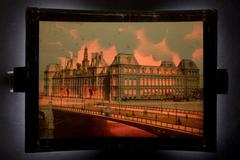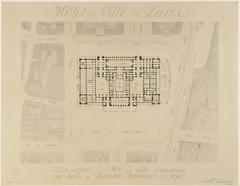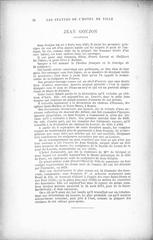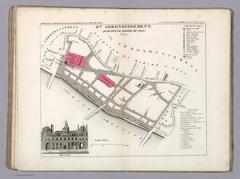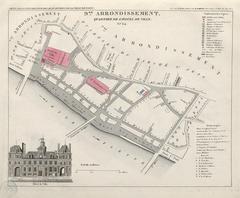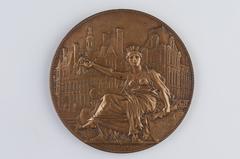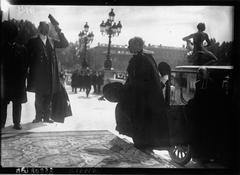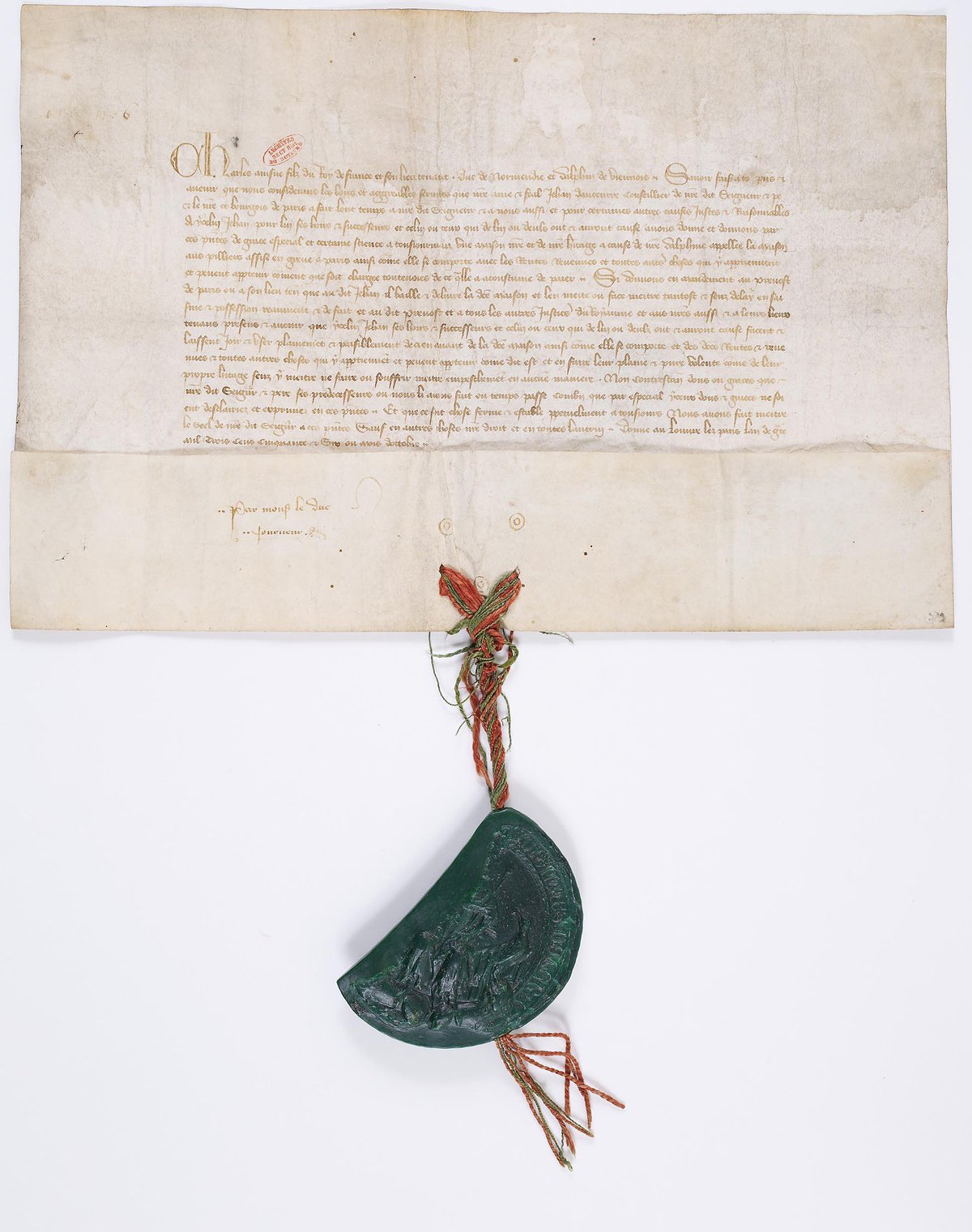
Hôtel de Ville Paris: Visiting Hours, Tickets, Accessibility & Historical Significance
Date: 14/06/2025
Introduction
The Hôtel de Ville, Paris’s majestic city hall, stands as a powerful testament to the city’s enduring history, remarkable architecture, and vibrant civic traditions. Since the 14th century, it has functioned as the administrative and symbolic heart of Paris. Renowned for its Renaissance Revival façade, lavish interiors, and role in pivotal historical events, the Hôtel de Ville is a destination for history enthusiasts, architecture lovers, and travelers eager to experience one of Paris’s most iconic landmarks. This comprehensive guide details everything from visiting hours and ticketing to accessibility, architectural highlights, and travel tips, ensuring you make the most of your visit. For the latest updates and detailed planning resources, consult the official Hôtel de Ville website, as well as reputable travel guides (Paris Trippers, Loving Travel).
Table of Contents
- Introduction
- Visiting Hours & Tickets
- Historical Overview
- Architectural Highlights
- Accessibility & Visitor Facilities
- Travel Tips & Nearby Attractions
- Special Events & Cultural Activities
- Visuals & Interactive Media
- Frequently Asked Questions (FAQ)
- Conclusion & Call to Action
- References
Visiting Hours & Tickets
The Hôtel de Ville is primarily a working government building. Public access is generally available for special events, such as European Heritage Days and on occasions when guided tours are offered. The forecourt (Place de l’Hôtel-de-Ville) is open to all year-round, hosting public gatherings, exhibitions, and seasonal festivities.
- General Access: The building’s interior is open to visitors mainly during special events and pre-booked guided tours. The forecourt is always accessible.
- Tickets: Most public events and guided tours are free, but advance booking is required due to limited group sizes.
- [Booking: Reserve your spot at the Salon d’Accueil (29 rue de Rivoli) or by calling +33 1 42 76 43 43. Tours are usually conducted in French (Un Jour de Plus à Paris).](#booking:-reserve-your-spot-at-the-salon-d’accueil-(29-rue-de-rivoli)-or-by-calling-+33-1-42-76-43-43.-tours-are-usually-conducted-in-french-(un-jour-de-plus-à-paris).)
Guided Tours
Guided tours allow exclusive access to the building’s ceremonial halls, grand staircases, and the mayor’s office. Tours provide deep insights into the Hôtel de Ville’s history, art, and ongoing civic role. Note that tours are generally offered in French, though English commentary may be available by request during some events.
Historical Overview
Medieval Origins
The Hôtel de Ville’s origins date to 1357, when Étienne Marcel, then provost of Paris, acquired the Maison aux Piliers by the River Seine as the city’s first municipal headquarters (Wikipedia). This strategic location made it a focal point for civic administration.
Renaissance Transformation
Commissioned by King Francis I in 1533, architects Dominique de Cortone and Pierre Chambiges designed a new Renaissance-style city hall, completed in 1628. The building soon became a symbol of Parisian pride and political authority.
19th-Century Reconstruction
The Hôtel de Ville endured major upheavals, notably during the Paris Commune in 1871, when it was set ablaze, destroying its interior and archives (Parisology). The current structure, rebuilt between 1874 and 1882 by Théodore Ballu and Édouard Deperthes, restored the Renaissance Revival exterior while adding 19th-century grandeur within.
Civic and Political Milestones
The Hôtel de Ville has witnessed key events in French history, from the French Revolution and the first guillotine execution (Parisology) to the proclamation of the Third Republic and Charles de Gaulle’s 1944 Liberation speech. Its square, formerly Place de Grève, has long been a site for public gatherings and historic demonstrations.
Architectural Highlights
Exterior Features
The Hôtel de Ville’s façade is a masterful blend of Renaissance and Gothic influences, with pointed arches, classical columns, ornate tracery, and over 130 statues honoring notable Parisians and allegorical figures (Come to Paris). The symmetrical layout, towers, and central clock add to its grandeur (Travel Pander). The expansive Place de l’Hôtel-de-Ville enhances its monumental presence and serves as a venue for public events.
Interior Splendor
- Grand Staircase & Vestibule: Marble balustrades, gilded accents, and large windows create a luminous, welcoming entrance (Travel Pander).
- Salle des Fêtes: This grand ballroom, inspired by the Hall of Mirrors at Versailles, features crystal chandeliers, gilded moldings, frescoes, and parquet floors (Paris Trippers).
- Reception Rooms & Salons: Lavishly decorated in French artistic styles, these spaces host exhibitions, official meetings, and civic ceremonies (Sortir à Paris).
- Salle Saint-Jean: High ceilings, arched windows, and decorative pilasters make this a popular venue for art exhibitions and cultural events.
Restoration & Sustainability
After the destruction in 1871, the Hôtel de Ville was faithfully reconstructed, blending Renaissance aesthetics with modern iron frameworks for stability (Paris Insiders Guide). Ongoing maintenance, sustainable tourism practices, and accessibility enhancements ensure its preservation for future generations.
Accessibility & Visitor Facilities
Physical Accessibility
- Wheelchair Access: The forecourt and information point are fully accessible with ramps and adapted counters (Motion4Rent).
- Interior Access: Some historic sections may be less accessible; advance arrangements are recommended for visitors with reduced mobility.
- Parking & Transport: Accessible parking is available, but the Hôtel de Ville Metro station (Lines 1 & 11) is not fully wheelchair-friendly. Accessible buses are nearby.
Visual & Cognitive Assistance
Multilingual staff and materials for the visually impaired or those needing cognitive support are available at the information point.
Visitor Amenities
- Information Point: Located on the square, offering maps, guides, and assistance.
- Restrooms: Facilities are available at the info point and nearby museums/restaurants.
Travel Tips & Nearby Attractions
- Getting There: Metro Lines 1 and 11 (Hôtel de Ville station); accessible bus lines and nearby taxi stands.
- What to Bring: Comfortable shoes, a camera, and translation apps if you do not speak French.
- Best Times: Early mornings or weekdays for fewer crowds; special events for a festive atmosphere.
- Nearby Sites: Notre-Dame Cathedral, the Marais district, Centre Pompidou, and the Seine riverbanks (Paris in My Pocket).
Special Events & Cultural Activities
The Place de l’Hôtel-de-Ville hosts major events year-round, including:
- European Heritage Days: Free interior access and tours.
- Nuit Blanche: Contemporary art installations.
- FNAC Live Music Festival: Free summer concerts.
- Christmas Market and Ice Rink: Seasonal festivities (parisperfect.com).
Inside, the Salle Saint-Jean regularly features art and history exhibitions (loving-travel.com).
Visuals & Interactive Media
Explore virtual tours and high-resolution images via the official website and recommended travel resources for a preview of the Hôtel de Ville’s splendor.
Frequently Asked Questions (FAQ)
Q: What are the Hôtel de Ville Paris visiting hours?
A: The building is open for guided tours (mostly in French) once a week, with increased frequency in summer; forecourt open year-round.
Q: Are tickets required to visit?
A: Most events and tours are free, but advance booking is required due to limited space.
Q: Is Hôtel de Ville accessible for wheelchair users?
A: The square and information point are accessible; interior access during tours may require prior arrangements.
Q: Are guided tours available in English?
A: Tours are mainly in French, with some English commentary possible by request.
Q: What can I see nearby?
A: Notre-Dame Cathedral, Centre Pompidou, the Marais district, and the Seine.
Conclusion & Call to Action
Visiting the Hôtel de Ville is an immersive journey through Paris’s civic, architectural, and cultural heritage. From its medieval origins to its role in modern urban life, the Hôtel de Ville encapsulates the resilience and grandeur of the city. Plan your visit by booking tours in advance, exploring virtual media, and timing your trip with special events to experience the building at its liveliest. For the most current information, download the Audiala app and follow official Paris tourism channels.


